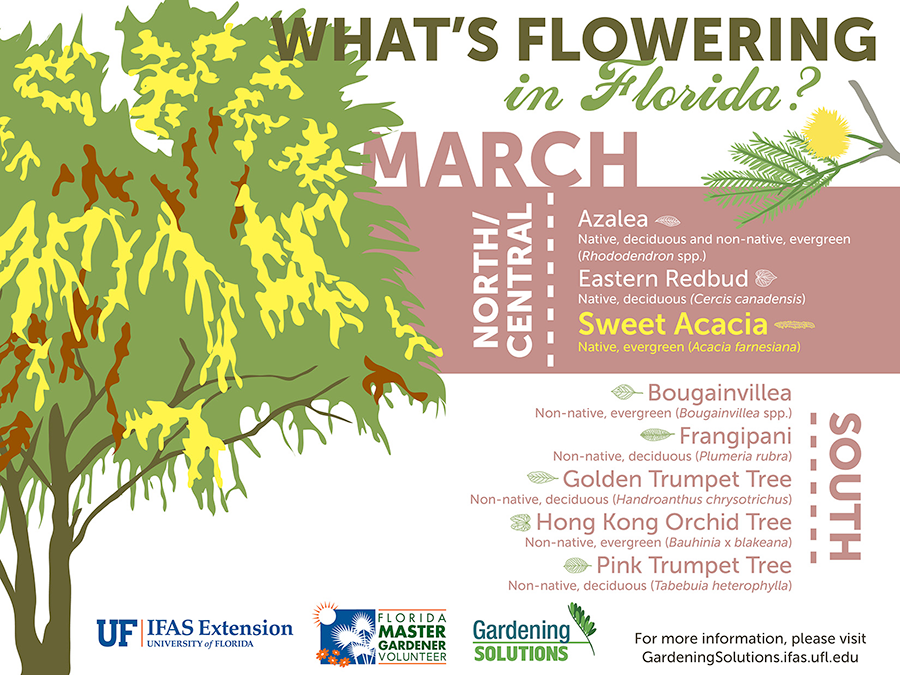Signals That It's Time To Remove A Tree: Identifying Unsafe Trees
Signals That It's Time To Remove A Tree: Identifying Unsafe Trees
Blog Article
Published By-Velling Connell
When it involves tree treatment, identifying the indicators that it's time for removal is necessary for your safety and residential property. You might notice discolored leaves, wilting branches, or weird fungal developments indicating health problems. Architectural problems, like a considerable lean or splits in the trunk, can also posture risks. Understanding these indication can aid you make notified choices regarding your trees and avoid potential hazards prowling in your backyard. What should you try to find following?
Signs of Decay and Illness
When you see indications of degeneration and condition in your trees, it's essential to act swiftly. Seek blemished fallen leaves, wilting branches, or unusual growths like fungus. These can show that your tree is struggling.
If you see cracks in the bark or soft, mushy wood, these signs recommend inner degeneration. Furthermore, simply click the following webpage in parasites around your tree can signal that it's compromised and prone.
Look for Who Is Responsible For Tree Removal For Electric of dead or dying arm or legs, as they posture a danger to your residential or commercial property and safety and security. If you doubt regarding what you see, consulting an arborist can supply quality.
Resolving these signs early can conserve you from more comprehensive damage and make sure the health and wellness of your backyard. Do not wait up until it's too late.
Structural Instability and Leaning
As you observe your trees, keep an eye out for any type of indicators of structural instability or leaning. If a tree leans significantly, it might suggest that the origin system is endangered.
Try to find any type of cracks in the trunk or dirt around the base; these can signify prospective failing. Additionally, look for uncommon growth patterns, like a lopsided crown, which might suggest that the tree is battling to hold itself upright.
If you observe that the tree favors your home, power lines, or various other frameworks, it postures a greater risk. Do not disregard these indications-- speak with an arborist to examine the situation.
Doing something about it early can protect against pricey damage and guarantee your security.
Dead or Perishing Branches and Foliage
If you see dead or dying branches and vegetation on your tree, it's a clear indicator that something's incorrect.
These undesirable locations can suggest underlying problems like disease, bug infestations, or environmental anxiety. When branches shed their fallen leaves or transform brown, they're no more contributing to the tree's wellness. Overlooking these signs could bring about additional decline, making your tree a lot more unsafe.
Dead branches can conveniently break short throughout storms, posturing a danger to residential or commercial property and people close by. It's essential to analyze the level of the damages.
If the trouble influences a significant part of the tree, take into consideration speaking with a professional. They can help determine if elimination is required to make certain safety and keep the elegance of your landscape.
Final thought
If you notice any kind of indications of degeneration, structural instability, or dead branches on your trees, don't disregard them. These signs can position serious safety risks to you and your building. It's constantly best to consult a specialist arborist who can provide an expert evaluation of your trees. Taking action early can stop mishaps and costly damages, ensuring your landscape continues to be risk-free and healthy and balanced. Keep in mind, it's better to be positive concerning tree care than to wait on a catastrophe to happen.
